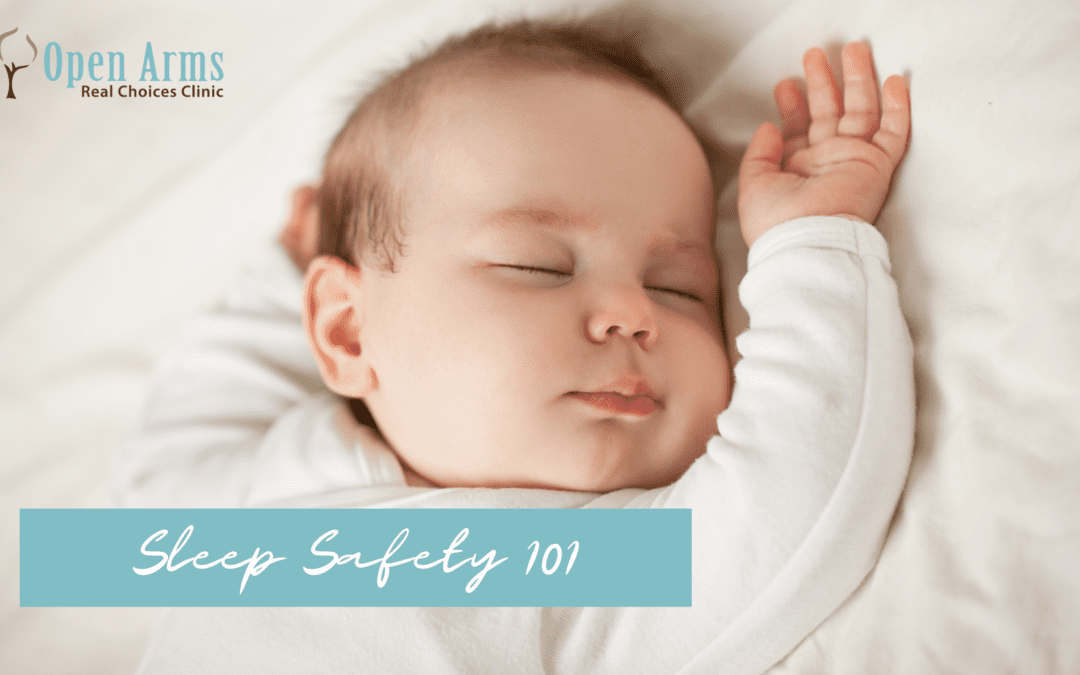You’re pregnant and it feels like there is so much to learn. Here are some helpful tips for when your baby arrives to ensure the safest sleep for your child.
The American Academy of Pediatrics, the Center for Disease Control, and the National Institute of Health all agree on the safest way for your baby to sleep.
A great way to remember sleep safety (at least until your child reaches one year of age) is the acronym ABC:
A: ALONE
Nothing should be in the crib except the baby and a tightly fitting crib sheet. Remove all blankets, toys, pets, pillows, positioners, bumpers, or any devices. If you are concerned about your baby’s temperature, control the room temperature with the thermostat and use a sleep sack which is a wearable blanket designed in such a way that it cannot be a hazard to your baby.
B: BACK
Your baby should always be put to sleep on his/her back for every sleep and nap. Do not position your child on his/her side or tummy. Statistics have shown that “back sleeping” helps prevent SIDS. Babies who sleep on their tummies sleep for longer periods of time and have deeper sleep and surprisingly, for babies, that isn’t necessarily the best thing. Babies do prefer tummy sleeping so it is extremely important to break the tummy sleeping habit and use the back position.
C: CRIB:
Your baby should always sleep in a crib, or a safe sleep environment for every nap and sleep. A safe sleep environment must have a firm, flat surface. Examples include: cribs, cradles, bassinets, or pack and plays. Adult beds, couches, or chairs are not safe environments for babies.
Now that you know the ABC’s, here are some other helpful tips for sleep safety.
- Newborns typically sleep around 16 hours a day in 3-4 hour periods. Your baby will eat every few hours. Your baby may get cranky or overtired if he/she doesn’t get enough sleep.
- Do not be surprised if your baby can only stay awake for an hour or two. Overtime, his/her body will get accustomed to a sleep pattern and he/she will start sleeping for longer stretches.
- If you have twins or triplets, place each child in their own crib or safe sleeping environment.
- Dress your baby in light sleep clothes and give your baby a pacifier. However, if you are breastfeeding, wait 3 or 4 weeks or until your baby is used to breastfeeding.
One final thought for your child’s sleep safety is to ensure that anyone watching your child knows the safety requirements for your baby as well. Whether it is a grandparent or babysitter, it is important for everyone to be on the same page to ensure your child’s safety.
At Open Arms Real Choice Clinic, we offer parenting education classes. If you have any questions or would like more information, be sure to call our office or make an appointment with us today!


